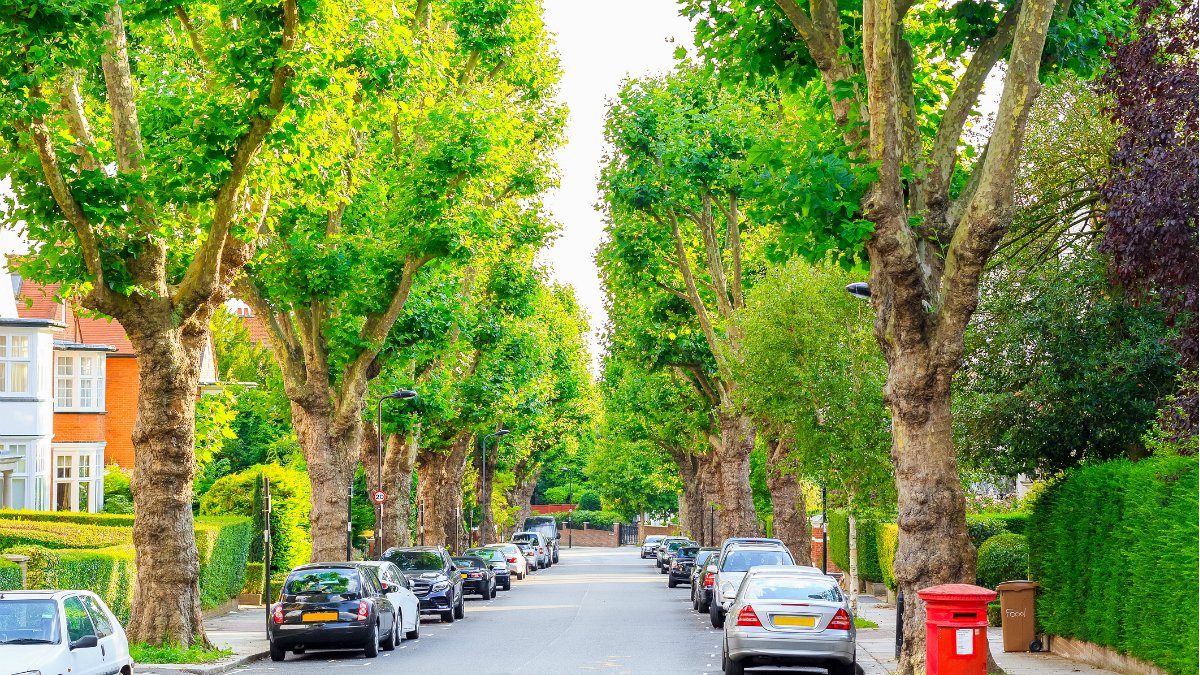New framework will help decide which trees are best in the fight against air pollution
A study from the University of Surrey has provided a comprehensive guide on which tree species are best for combatting air pollution that originates from our roads – along with suggestions for how to plant these green barriers to get the best results.

In a paper published in npj Climate and Atmospheric Science, air pollution experts from Surrey’s Global Centre for Clean Air Research (GCARE) conducted a wide-ranging literature review of research on the effects of green infrastructure (trees and hedges) on air pollution. The review found that there is ample evidence of green infrastructure’s ability to divert and dilute pollutant plumes or reduce outdoor concentrations of pollutants by direct capture, where some pollutants are deposited on plant surfaces.
As part of their critical review ‘Designing vegetation barriers for urban air pollution abatement: a practical review for appropriate plant species selection’, the authors noted a lack of resources to help people – including urban planners, landscape architects and gardeners – make informed decisions on which species of vegetation to use and, crucially, what factors to consider when designing a green barrier.
To address this gap, they identified 12 influential traits for 61 tree species that make them potentially effective barriers against pollution. Beneficial plant properties include small leaf size, high foliage density, long in-leaf periods (e.g. evergreen or semi-evergreen), and micro-characteristics such as leaf hairiness. Generally detrimental aspects of plants for air quality include wind pollination and biogenic volatile organic compound emissions. In the paper, the team emphasise that the effectiveness of a plant is determined by its environmental context – whether, for example, it will be used in a deep (typical of a city commercial centre) or shallow (typical of a residential road) street canyon or in an open road environment. To help concerned citizens with complex decisions, such as which tree is best for a road outside a school in a medium-sized street canyon, the team from Surrey has also developed a plant selection framework.
Professor Prashant Kumar, Founding Director of GCARE at the University of Surrey, said: “We are all waking up to the fact that air pollution and its impact on human health and the health of our planet is the defining issue of our time. Air pollution is responsible for one in every nine deaths each year and this could be intensified by projected population growth.
“The use of green infrastructure as physical barriers between ourselves and pollutants originating from our roads is one promising way we can protect ourselves from the devastating impact of air pollution. We hope that our detailed guide to vegetation species selection and our contextual advice on how to plant and use green infrastructure is helpful to everyone looking to explore this option for combatting pollution.”
This work was supported by the EPSRC INHALE project (EP/T003189/1), an EPSRC PhD studentship (2124242), and the H2020 iSCAPE project (Grant Agreement #689954). It builds upon previous GCARE research into green infrastructure and air pollution mitigation.
Reference
Barwise, Y. & Kumar, P. (2020). Designing vegetation barriers for urban air pollution abatement: a practical review for appropriate plant species selection. npj Climate and Atmospheric Science.
Media Contacts
External Communications and PR team
Phone: +44 (0)1483 684380 / 688914 / 684378
Email: mediarelations@surrey.ac.uk
Out of hours: +44 (0)7773 479911